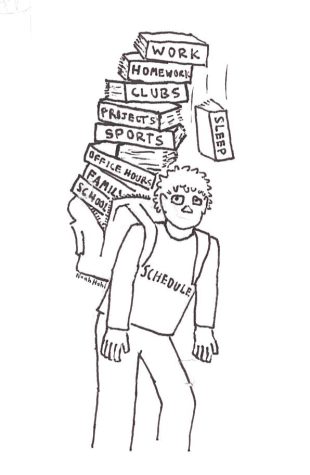Breaking down plastic straw debate

Source: Creative Commons
As of late, plastic straw bans have been propelled into mainstream discussions about reducing ocean pollution, where they have been met with both enthusiastic support and harsh criticism.
The issue with plastic straws lies in the difficulty to recycle them, due to their small size and mass.
According to Phys.org, the average plastic straw weighs only .42 grams, which makes it difficult to separate the straws from the rest of the recycling materials. As a result, plastic straws often end up in landfills, where they find their way into the oceans due to human error during the waste management process.
According to Strawlessoceans.org, once in the ocean, plastic straws degrade into microplastics, which can be digested easily by marine life.
In a 2015 study, the Marine Debris Working Group at the University of California, Santa Barbara, predicted that 99 percent of all seabird species will have ingested plastics by the year 2050.
In the wake of this increased concern over plastic pollution, some people are attempting to cut back on their consumption of single-use plastics. For example, students, like freshman Gaby Mercurio, find metal straws an attractive alternative to single-use plastic straws.
“I use metal straws because it is more environmentally-friendly and a better alternative to plastic straws,” Mercurio said.
Businesses and cities, too, are phasing out plastic straws for metal straws and other alternatives, with some going as far as enacting plastic straw bans. For example, on July 1, Seattle became the first U.S. city to ban plastic straws, according to Squareup.com.
And it is not just cities that are considering bans: businesses, like Starbucks, are following suit. According to Fastcompany.com, Starbucks announced the company will discontinue plastic straws in their stores by next year.
Roopali Phadke, an environmental studies professor at Macalester University, supports the idea of plastic bans, but directs her focus toward plastic bags, not plastic straws.
“Cities around the world have tried to institute plastic bag taxes and bans, and they have struggled. San Francisco and Minneapolis come to mind. Often, corporate lobbies will try to block these changes citing it’s both not a solution and limits consumer choice. I believe cities have a responsibility to move in this direction, even though it can feel like a soda tax or indulgence tax,” Phadke said.
As the idea of plastic straw bans becomes more mainstream, debate is emerging on whether the bans are effective, since plastic straws do not make up the majority of ocean plastic pollution.
According to Squareup.com, plastic straws and stirrers account for only 8.1% of ocean plastic pollution, while food containers and wrappers account for 31%.
Some students, such as junior Samantha Liskany, view plastic straw bans as mostly ineffective, but sees them as a step in the right direction.
“The plastic straw ban is obviously a great thing because it prevents the chemicals from going into landfills, and straws aren’t going to biodegrade quickly, but it is not going to do much,” Liskany said.
Some environmental activists would rather not push for a plastic straw ban, citing the ineffectiveness and ableist repercussions of enforcing such a ban.
Many disabled people struggle to drink safely when not given the option of plastic straws. Alternatives often put them at risk for burning themselves, choking or chipping a tooth.
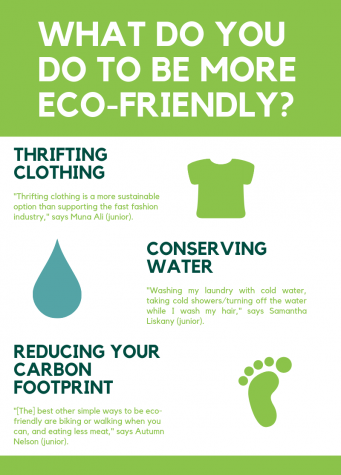 One environmentalist who warns against pushing for strict plastic straw bans in Isabella Guiniguindo, the president of Young Activist Coalition and the Cincinnati city-lead for Ohio Climate Strike.
One environmentalist who warns against pushing for strict plastic straw bans in Isabella Guiniguindo, the president of Young Activist Coalition and the Cincinnati city-lead for Ohio Climate Strike.
“Movements are only truly effective when we incorporate justice. Can something really be just if it is not accessible to all? Those with disabilities are harmed by these bans, and I’d argue if that’s the case, these bans are a bad use of environmentalists’ time and energy,” Guiniguindo said.
Instead of promoting plastic straw bans, Guiniguindo encourages people to look into other methods of being environmentally-friendly in their daily lives.
“The major way I reduce waste is through my diet. I have been vegan for two years now, which greatly reduces my personal carbon footprint,” Guiniguindo said.
Another way individuals can become more eco-friendly is decreasing their plastic consumption.
“Buy less stuff! Don’t accept plastic waste in the form of plastic bags and plastic junk given out by vendors. Also, try to avoid black plastic because it can’t be recycled,” Phadke said.
Students at North reduce the plastic waste they produce by recycling and composting. Caitlyn Maloy, an AP Environmental Science teacher, manages the recycling and composting efforts that occur at the school.
“We recycle every Friday, and we’re going to start creating a bottle cap collection to reduce [the amount] of those going to landfills.
“With composting, we are encouraging students to use stuff that’s not wrapped in plastic,” Maloy said.
On the other hand, some environmental activists urge a less individualistic approach.
They argue a more effective method is to focus less on the actions of the individual and more on restricting big businesses and enacting policy changes.
“Often, the burden falls on the consumer to make good choices that will help the environment. But in reality, companies should hold themselves to a higher standard and provide the market with affordable, sustainable options. If they refuse to join the sustainability movement, it’s up to our leaders to make them,” Guiniguindo said.
For other feature stories make sure to check out the print issue of The Odyssey!













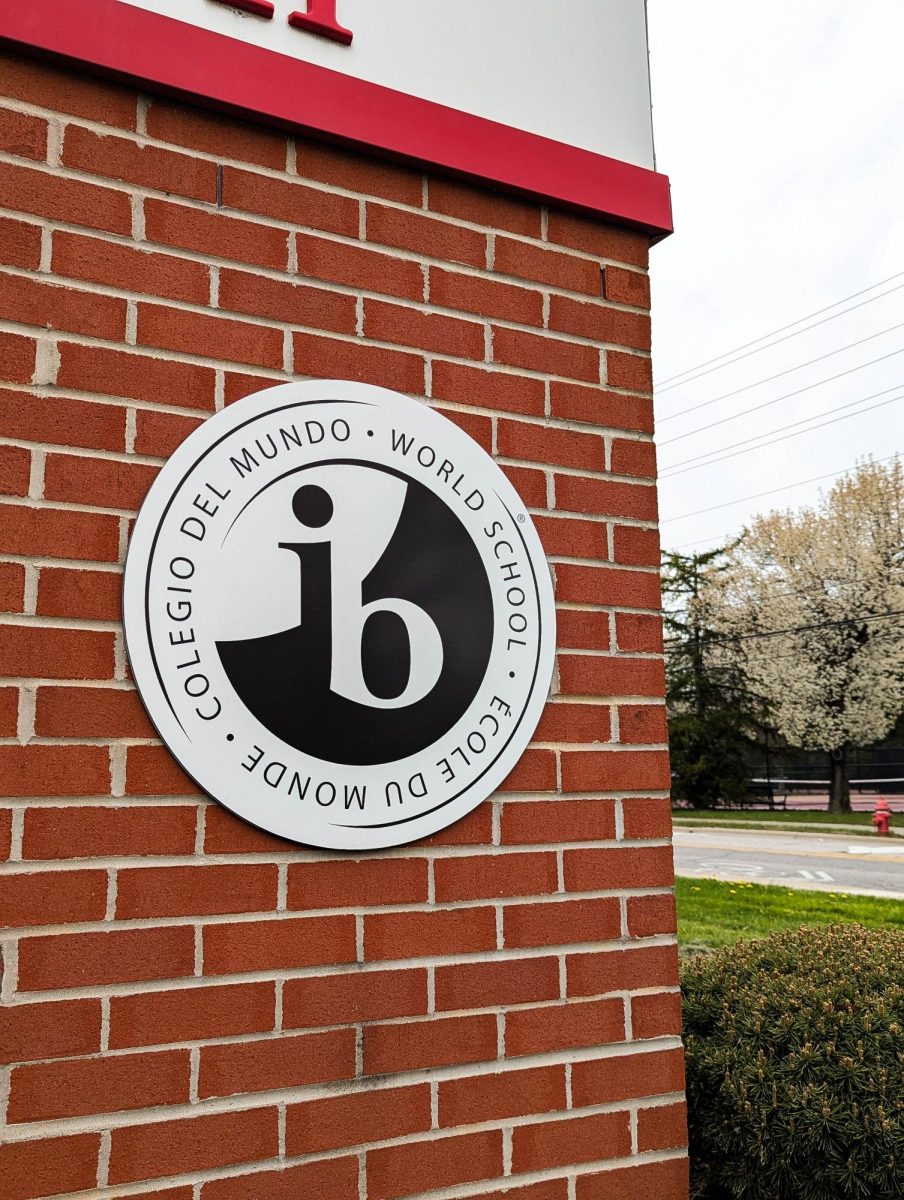






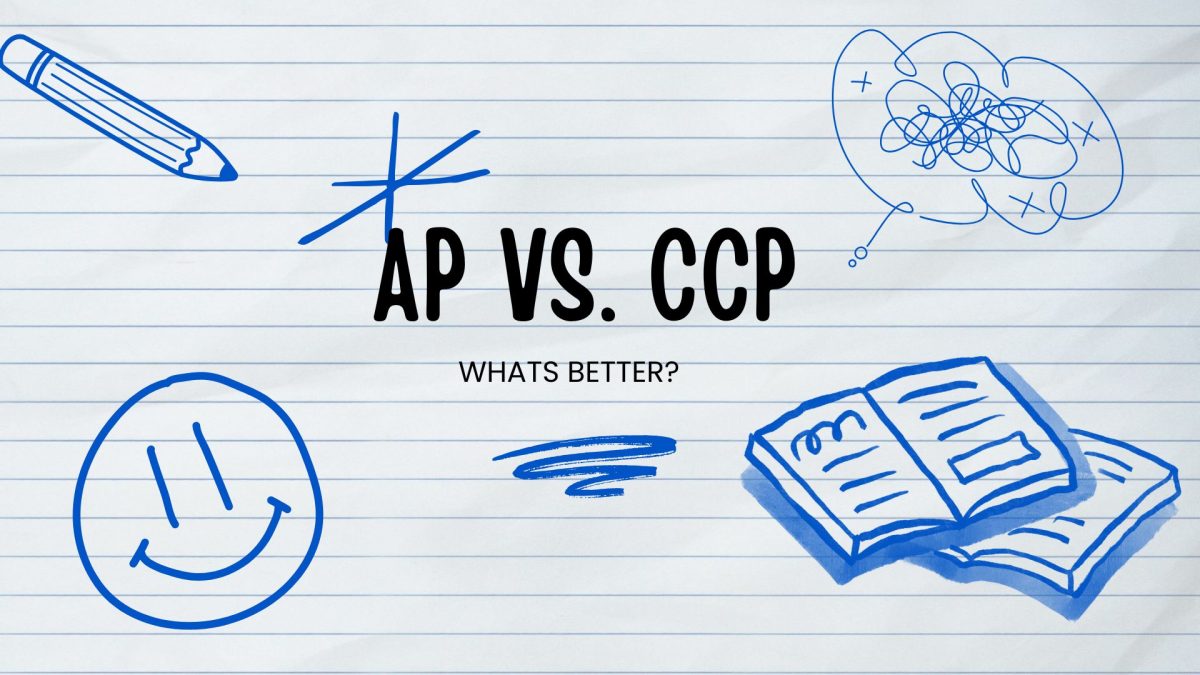


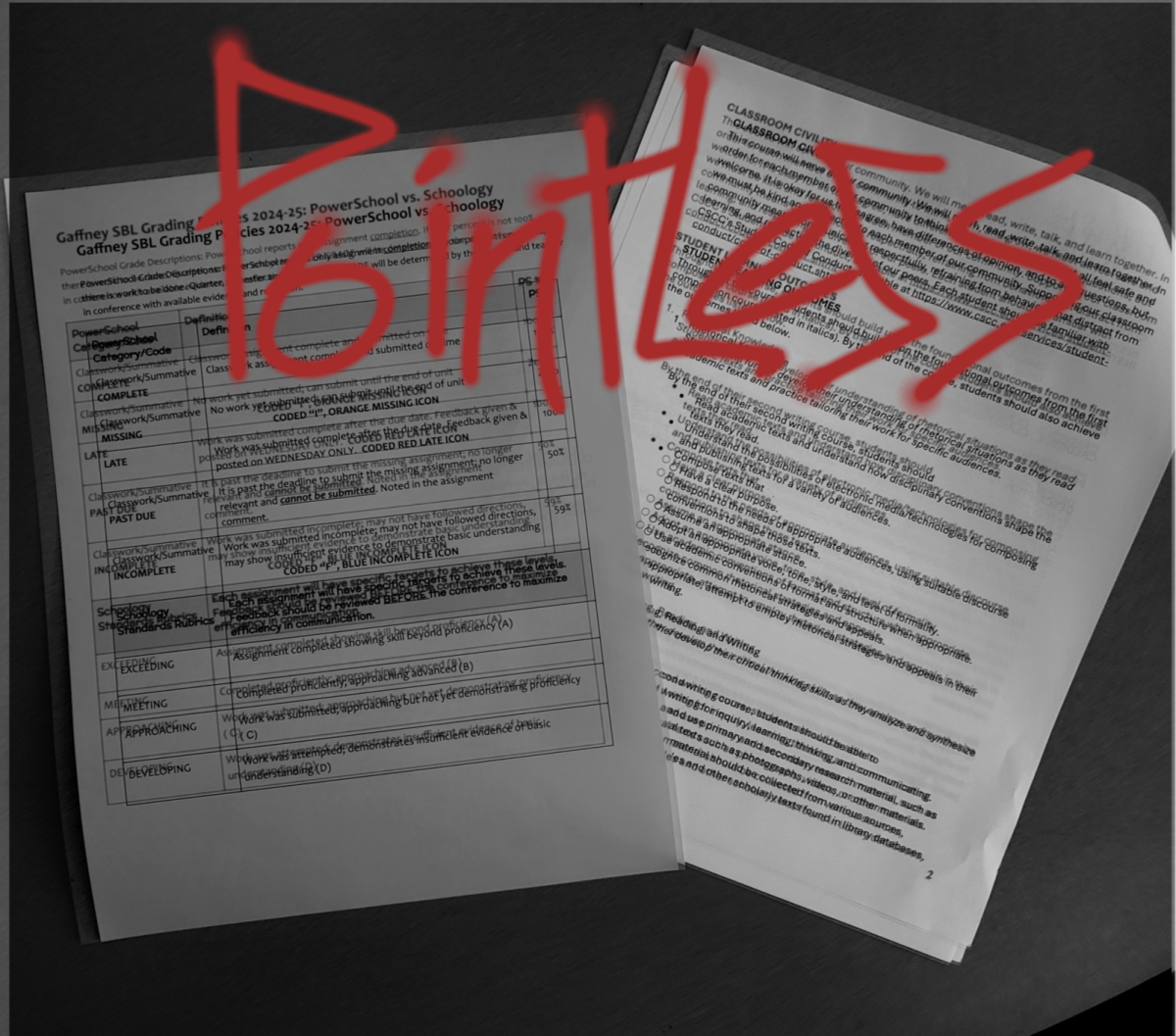


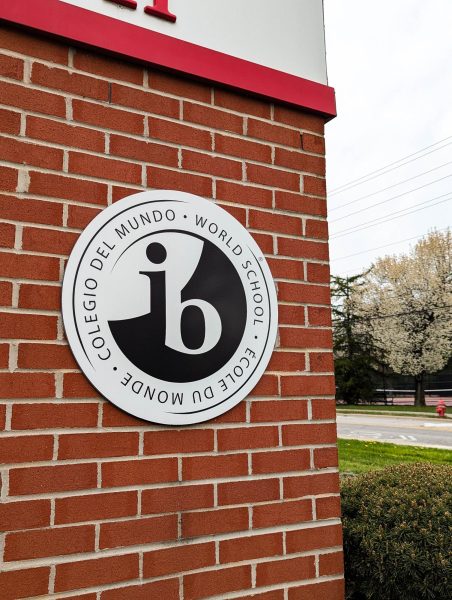



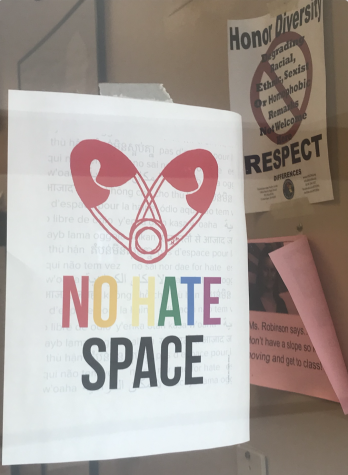

![Bob Bobel, of Westerville, worked in England for 7 years in the 80s and hung the British flag off his front porch last week. “[It] was put up for two purposes: One the Queen had died and secondly, a British lady wanted to give my wife a tea in the backyard for her birthday,” Bobel said.](https://wnhsodyssey.com/wp-content/uploads/2022/09/Screenshot-2022-09-27-4.12.30-PM-356x475.png)
